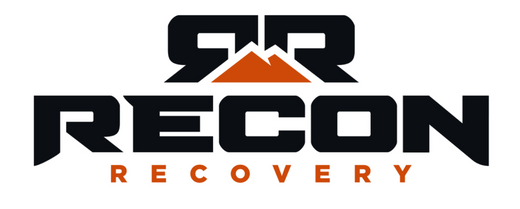WHAT IS A SNATCH BLOCK?
A snatch block is a pulley that’s covered by a clever metal case. Snatch blocks are used as a pulley point in vehicle-based winch recoveries to redirect the course of a winch line or to lessen the load placed on the winch during the recovery.
Snatch blocks are designed and manufactured with high working load limits to ensure they can effectively handle the extreme loads that winch recoveries can place on your recovery gear.
WHEN SHOULD YOU USE A SNATCH BLOCK?
Put simply, a snatch block should be used in winch recoveries where a standard straight-line pull won’t be enough to recover a stuck vehicle or overcome an obstacle. The most common examples of this include:
- When your anchor point is offset to the side to such a degree that you need to redirect the winch line to access it. Winches are incredibly powerful in straight lines, and so by using a snatch block we can still access this power. Winch line redirects can be used in a huge assortment of winch situations, including tactical track management and obstacle avoidance.
- When the power of your winch has the potential to fall short of the power needed to recover the stuck vehicle. A classic example of this is a vehicle stuck in deep mud where you need to overcome powerful suction from the terrain to extract the vehicle – in this situation, we would want to consider using a more advanced recovery technique, such as a double-line pull or triple-line pull, to increase our chances of a safe and successful recovery.
SNATCH BLOCKS AND WINCH CAPACITY
Double-line pulls and triple-line pulls use snatch blocks to gain a mechanical advantage that dramatically reduces the load your winch experiences during these types of recoveries. For example: in a double line pull, you run the winch line out to a snatch block that’s attached to your anchor, and then run the winch line back to a rated recovery point on your vehicle.
When we do this, we’re splitting the recovery load between your winch and the recovery point you’ve hooked up to, which means we’re essentially halving the load your winch is experiencing while you’re actively winching. To put this another way, by halving the load on the winch we can double its capacity (the trade-off being that we’re also halving the line speed of the recovery). This maths means that recoveries that might push a winch to its limit can be achieved without your winch breaking a sweat.
Now, this next bit is important: you will often here people say that snatch blocks double the power of your winch, but this is untrue. By using a snatch block, we don’t magically increase the power of a winch, we simply reduce the load placed upon it; winching power and winching capacity are two different things. This might seem like a trivial point, but it’s a misunderstanding that can throw everything we’ve explained above out of whack.
To demonstrate this maths again, let’s take the example of the triple-line pull. A triple-line pull uses two snatch blocks and two anchor points, with one snatch block placed at the first anchor and the second placed at the recovery point before the line ends at the second anchor. While they’re not commonly used, the mechanical advantage of using two pulleys means our winch is only subject to one-third of the recovery load, while the rate of recovery is one-third of the speed of a traditional single-line pull.
These examples present just a few of many potential situations and winching factors, but we’ll draw the line there to avoid complicating things too much.
DO I NEED A SNATCH BLOCK IN MY RECOVERY KIT?
The physics behind how a snatch block works is so interesting because it can be applied in a real-world situation when you’re off-road, but how likely are you to need one?
The answer to this question is not cut and dried, but we can frame the question on your own terms to help you decide for yourself. At its core, vehicle recovery is not a sign of a trip gone wrong – in fact, the potential to get stuck is possible in most kinds of terrain, whether that’s sand, mud, rock or otherwise. So, by having the ability to get unstuck, you can travel to more places with the confidence you’ll make it home on time and in one piece.
And, since a snatch block amplifies the potential of your winch, it also amplifies your ability to get unstuck, giving you more travel potential than a winch on its own. In that sense, if you want to be able to travel all over Australia (or to specific destinations where winch recoveries are more likely to happen), a snatch block should be a part of your recovery kit.


